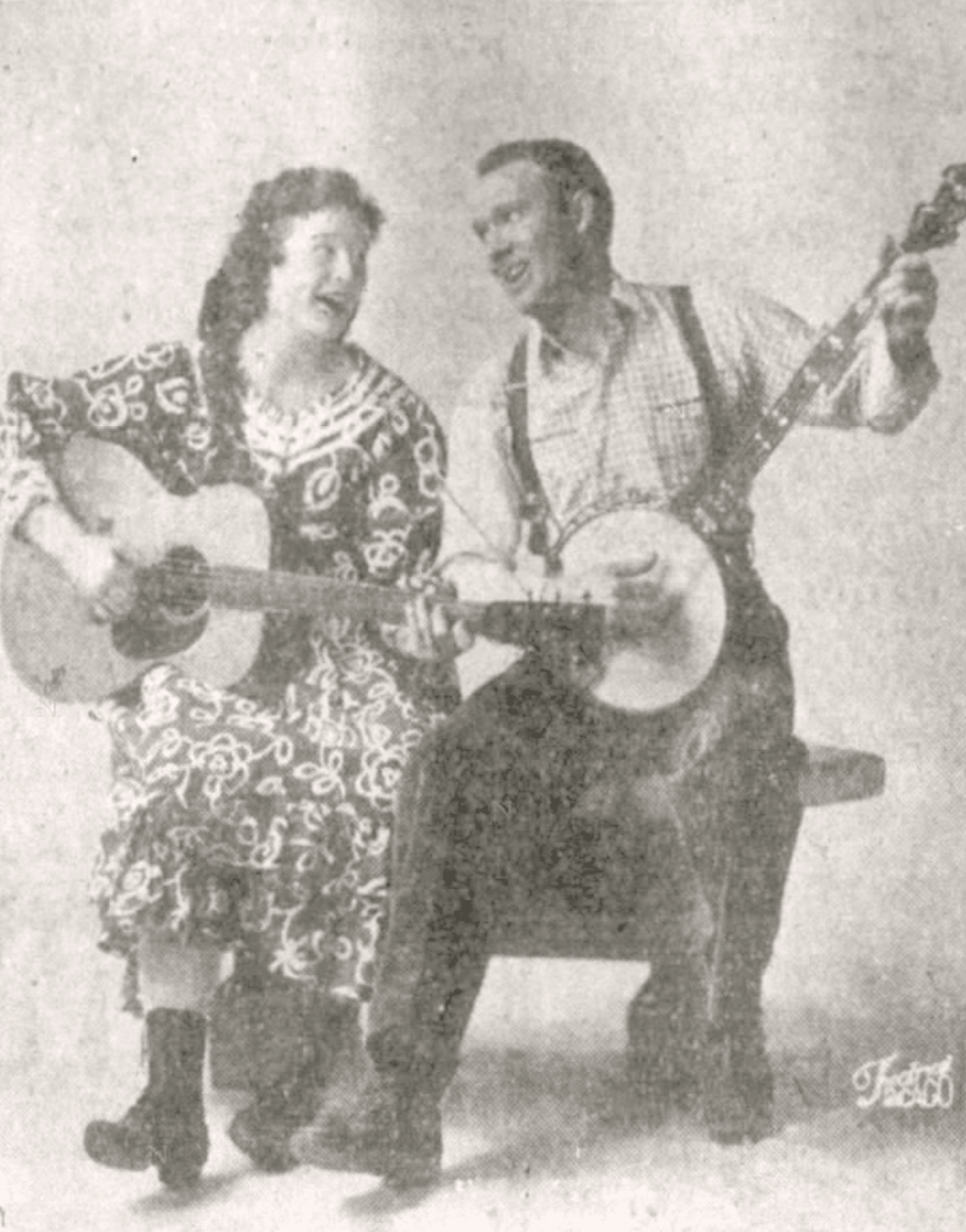Originally published in The Vidette-Messenger of Porter County on February 27, 1951.
Farmers Hear Purdue Crop, Dairy Experts
Annual Rural Event Staged In This City
Morning Session Attended By 450 Area Men, Women.
By JOHN HARMON
Discussions of crop rotation and good fertilization methods and the comparison of loose housing and stanchion barn for dairy cows, highlighted the morning session of the 10th annual Crops-Dairy day program being staged today at the Premier theatre here in Valparaiso. The morning session attracted an estimated 450 Porter county farm folk.
Speaking on the subject of crop rotation, G.P. WalkerーPurdue agronomistーindicated the growing tendency to work out rotational programs of longer duration, from between two, three and four years.
“We have found, in our studies and surveys, that a mixture of alfalfa, Southern bromes and Ladino clover makes a good sod crop in the rotation program,” Professor Walker told his audience. “The alfalfa serves as the base and is a good soil builder. The brome helps against heaving and aids against soil erosion losses also and the Ladino clover adds to protein production in the soil,” he added. It was noted that this mixture makes an excellent team for improvement of the subsoil.
Going further, the speaker pointed out that efficient crop rotations must include enough deep rooted legumes and grass in mixtures to: (1) balance the removal and loss of nitrogen in the grains; (2) maintain the supply of decaying organic matter; (3) improve and help maintain good tilth in both surface and subsurface, and (4) help control erosion.
Discussing fertilization, its methods and problems, Walker explained that many Indiana farmers, particularly in the southern part of the state, are tending to “overdo the application of lime.” he added that a manganese shortage in the soil is cropping up in some sections and that this deficiency is being attributed to the overuse of lime.
“Let’s remember that lime is important, but that it can be overdone,” the speaker said.
Walker also warned farmers of this county against hard grazing, or too often cutting in the case of alfalfa. “Alfalfa will not stand hard and heavy grazing. It must be given a chance for recovery, now growth and root storage or it becomes weakened and will die out,” the Purdue agronomist added.
In the case of nitrogen application, Walker explained the growing war and defense needs will be taking more and more ammonium sulfate and ammonium nitrate out of reach of the farmer.
“Many farmers may not be able to get hold of the nitrogen source by planting time this spring and may be forced to wait until later in the summer and then apply as a top dressing for hay and pasture crops and as a side dressing to the corn crop just before, or at, the last cultivation.’
“A growing bushel of corn will take one-and-one-half pounds of nitrogen out of the ground. This must be replaced in some manner in order that crops receive a sufficient amount for top production.’
In conclusions, the Purdue agronomist emphasized that vigorous legumes will supply nitrogen in good quantities and therefore, a well-planned crop rotation program was essential.
Ed Gannon, veteran dairy specialist at Purdue, took up the discussion of loose house, or pen barns, and the more conventional stanchion barn method in dairy farming.
“I would not recommend to you a change from the conventional stanchion arrangement if you already have your barn well arranged and your work well organized,” Gannon told the large audience.
The Purdue expert did, however, point out the advantages of pen barns over the stanchion type of stall.
“You will get greater cow comfort in the loose housing arrangement. The health of your cow is betterーshe can move more and will produce more milk because of more freedom and a better appetite.”
Among the disadvantages pointed out by Gannon were the facts that the pen barns require more bedding and more planning and the farmer himself, and his help must be trained as well as the cow.
“A well-arranged pen or loose housing barn, has a feeding area, a milking area, a watering area and a lounging area,” the Purdue department head explained, adding that this arrangement tends to cut down mastitis and other diseases.
Rounding out the program this afternoon were the awards to the county corn king and price, an address by W.F. Rissmiller of the Purdue agricultural engineering department, entertainment, and the featured talk by Paul C. Johnson, editor of Prairie Farmer.



